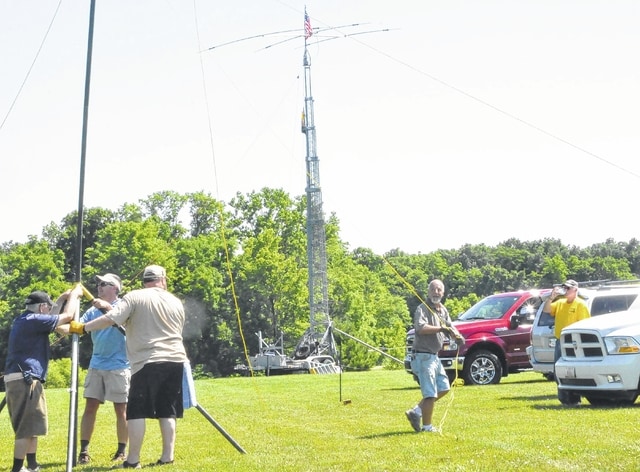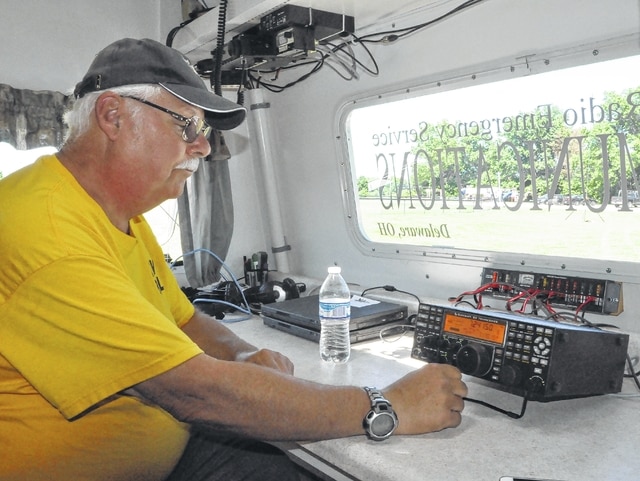

The Delaware Amateur Radio Association participated in Field Day this past weekend, a national contest in which FCC-licensed operators set up radio stations in fields and various emergency shelters across the country.
Participants have 24 hours to set up stations under abnormal conditions, such as a power outage, and to contact as many other stations as they can, setting up an emergency network.
“The idea is that if there’s a national disaster or some kind of communications blackout or whatever happens, ham radio is always the first to set up and get back on the air from the stricken area,” said Delaware Amateur Radio Association vice president Stan Broadway. “This day is why we can do that, because we practice.”
With more than 30,000 participants, it’s the largest single emergency preparedness exercise in the country.
“It’s an emergency drill but to make it fun, they make it a contest, so we see how many stations we can contact around the United States and Canada in a 24-hour period.”
The Delaware club, comprised of about 75 “hams” (amateur radio operators), had six stations that they used to contact more than 3,500 stations. They used specially designed RV’s, portable towers and solar alternative power to set up their stations. The group even flew a balloon to create a long-wire antenna as well as created their own independent Wi-Fi-based digital network covering the site. They also got to utilize a refurbished 100-foot cell tower, something Broadway says a lot of their competitors don’t get the opportunity to use.
“You think in today’s day ‘Oh that’ll never happen’ but it does, and we’ll be there to back it up whenever it does,” Broadway said. Broadway recounted an experience just last February of a few counties in northeast Ohio losing all power, 911 services, cell service and dial tone. A ham radio station contacted him to alert him, as it was the only way they could communicate.
The Delaware Amateur Radio Association has participated in Field Day since 1980, and last year they placed second nationally in their category.
This year they made around 4,000 contacts. They’ll compile their final score and submit it to the American Radio Relay League. The national standings are then published in November.



